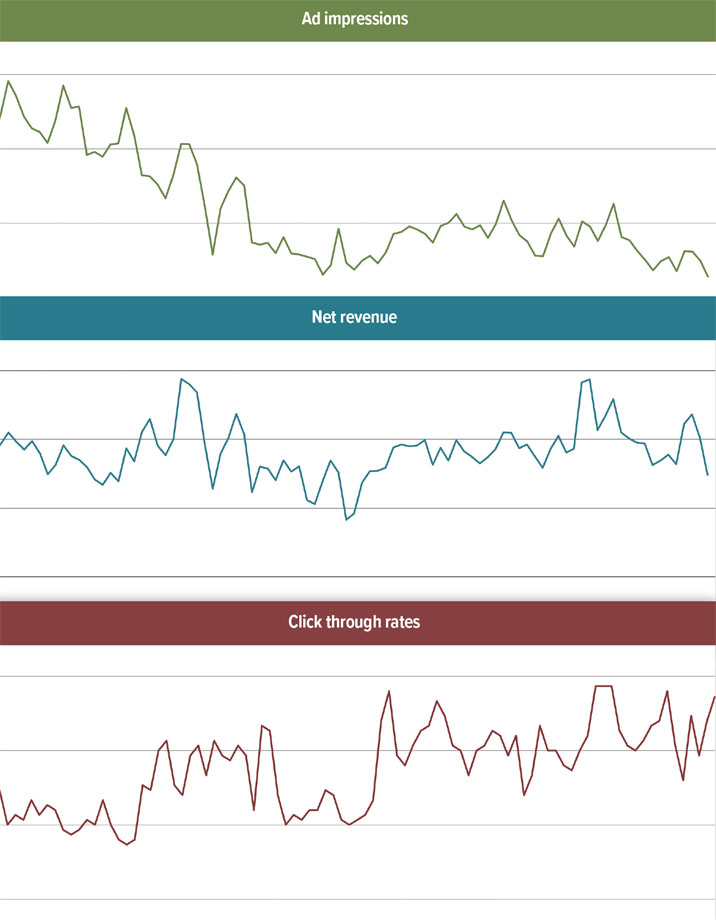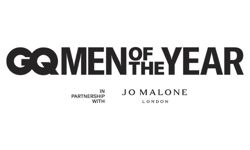
I have had a love hate relationship with programmatic for more than two decades now. At singletrackworld.com, we’ve mixed up direct ad sales with programmatic back fill since 2001. Back then, it was just Google AdSense. Things were simple. We delivered the requisite impressions of the direct sold ads from our niche in the bike world and then when the 4 in 24 quota had been displayed to each user we filled up the rest of their pages with AdSense ads. It was so simple.
Then along came other ad network providers who told us they could beat the rates paid by AdSense if we would insert them ahead of AdSense in our so called stack. It worked just fine so long as the new network did in fact beat the AdSense rate, which frequently they did not. But, back then, there was no such thing as header bidding and so when the no.2 in the ‘stack’ performed worse than no.3, I would manually swap them around to make sure we were netting the best overall CPM.
Over the years, I added more providers to our stack. At one point, I was running individual accounts with half a dozen providers and on a daily basis, I would audit the rates from each and swap them around by cutting and pasting code. It was unmanageable but I did what I could to make sure that as a publisher we earned the maximum CPM rate for every impression.
Then came header bidding, where the networks would automatically bid on every impression and only the network that bids the highest gets the impression. It worked like a charm with those miraculous auctions taking place in milliseconds with every page impression we delivered. Our CPMs were never higher and all was right with the world. Programmatic for us grew to be the second highest revenue stream and all we had to do was keep creating the content to attract the page views to deliver them. In return, we were rewarded with an amount of cash for every 1,000 impressions we could create.
Interacting with our users, it was clear that they understood how the system worked. We could earn money from subscribers directly or our users could support us by simply visiting the site and if they did that 1,000 times, there was this amount of cash that was generated. I and some of our users could monitor their behaviour and actually put a figure on how much they had added to our bottom line. It was always a scarily low figure of course but with tens of thousands of users visiting us every day, it all added up. The more visitors we attract, the more we earn. It was all very clear and logical. It’s a model that has driven the rapid growth of certain types of clickbait journalism and we can all think of examples of those.
But wait… if an ad pays a certain CPM, then displaying more ads on any given page will generate even more cash for the publisher, right? The rates paid by the ads are per individual ad so displaying as many as possible on a page logically multiplies the ad revenues earned per page. There’s a balance of course – users hate ads so pump in too many and they won’t visit your site but get the balance right and BINGO. Watch the money roll in.
Is this all sounding familiar so far?
Of course, it’s completely wrong and the system really doesn’t work like that at all. The way we as publishers think we earn money from programmatic is wrong. CPM rates are an extrapolation used to allow us to easily forecast and model the way money flows to us. But, in reality, CPM rates are mostly imaginary and they only really manifest themselves in our reports long after the ad was delivered. They are an accounting tool. A clue to this will be familiar to some of you when you see the term ‘eCPM’. The ‘e’ stands for ‘effective’ and it defines the fact the value of that CPM is the result of an equation performed on the performance of all the ads that have been displayed on your site.
Let me explain.
When an advertiser wants to run an ad campaign across the programmatic networks, they have a choice to make right at the start about how they pay for their campaign. They could simply buy a set number of impressions for a set amount. The advertiser would pay the agreed amount for the campaign when the agreed number of ads had been displayed. They would include in their campaign targeting factors like demographics and locations. With each targeting criteria comes an increase in the rate they will pay for each 1,000 impressions. The hope is that the ads will be displayed to a receptive audience and like all programmatic campaigns, the advertiser won’t know exactly where they will appear and to whom. Their campaign could deliver the specified impressions and the campaign could totally bomb and not generate any engagement or sales.
Which is why the majority of campaigns are bought on a PPC basis. PPC = pay per click. It’s simple – the advertiser pays a set amount for every click they earn on their ads. The benefit is obvious – if no one clicks their ads they pay nothing. They are effectively insured against a shitty campaign.
This is how the majority of ads work in the programmatic universe and this should raise an obvious question. If the advertisers at the start of the process are only paying when there’s a click on their ad, how come we are earning money for every 1,000 impressions? If they don’t pay because no one clicks, who pays us our CPM rate?
The answer is no one does. If no one clicks the ads on your site then you will earn nothing – the reality is you probably earn something because there are in fact a small percentage of campaigns running that do actually pay per thousand impressions. But for all intents and purposes, the reality is that no one gets paid if ads don’t get clicks. So those users who say they don’t click the ads but they visit often and so comfort themselves by imagining they are generating us some cash from their very presence are in fact doing nothing but consuming our content for free.
If users who don’t click earn us nothing then this also means that simply pumping more ad placements onto a page will similarly fail to deliver the results we think a CPM model would. Yes, there’s an increased chance of a user seeing an ad they may engage with but it’s certainly not the case that by running two ad positions, you will double the net page CPM.
When you think as a publisher in PPC terms and not CPMs, then things actually become clearer. There is a fundamental truth that a user can only click a single ad even when the page delivers ten. This means the other nine generate no return for the publisher. This has the effect of reducing the overall page eCPM rate. You can imagine that as a publisher running ten ads on a page and then seeing the eCPM start to drop that they might surmise that by adding another ad placement on the page, they will offset the reduction. It makes perfect sense in a true CPM world but not in the real world of PPC.
Testing The Hypothesis
I decided to test this in Q3 of last year. It’s a scary thing to run an experiment on a live system earning money by deliberately reducing the output of that system.
In July, I audited every ad placement on our site. Any placement generating less than 10% I simply deleted. The result was a 40% reduction in ads on the page over a three week period in July. I then logged the results through to the end of Q3 on the 1st October.
These graphs (see below) show the same period. Since the results are obvious from the shape of each chart, I’ve removed the axis values.

First of all, the chart for actual ad impressions per day over the period.
I removed each ad placement slowly over a period of three weeks starting from the 12th July.
Now let’s dive straight into the one that ultimately matters most – Net Revenue.
Note how, apart from an early August dip, it generally stayed the same, despite the significant decrease in ad positions.
Is there an explanation for the lack of change in revenue? The Click Through Rates give us a clue.
So CTR actually increased. Remember this is click rate and not actual clicks, which means it would be reasonable to assume that reducing the impressions hasn’t had a major impact on the number of clicks overall. Revenue remaining pretty stable also backs up this interpretation.
In conclusion, in a market dominated by PPC campaigns where any user on any given page is only likely to click a single ad at best, increasing ad placements makes little difference to net revenue. What it does impact is user experience and if the UX is poor due to excessive ad clutter then revenues will undoubtedly suffer through a reduction in traffic.
There are sites out there run by some huge publishing empires that I’m sure come immediately to mind when it comes to poor UX due to ad overload. It does make me wonder about the decision making processes that must take place but then I imagine it’s a very brave ad tech exec that turns round to the bean counters and says, “Hey, what about if we had fewer ads!”.
This article was first published in InPublishing magazine. If you would like to be added to the free mailing list to receive the magazine, please register here.












